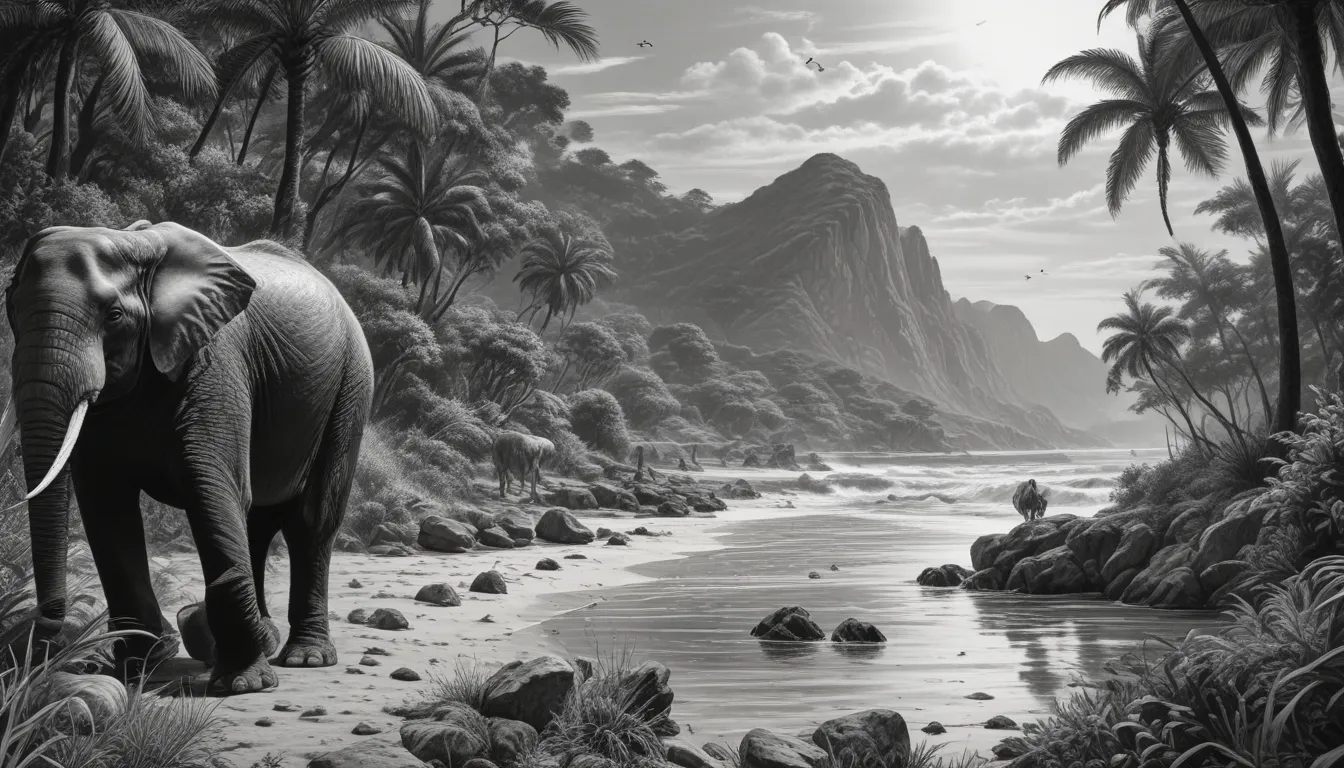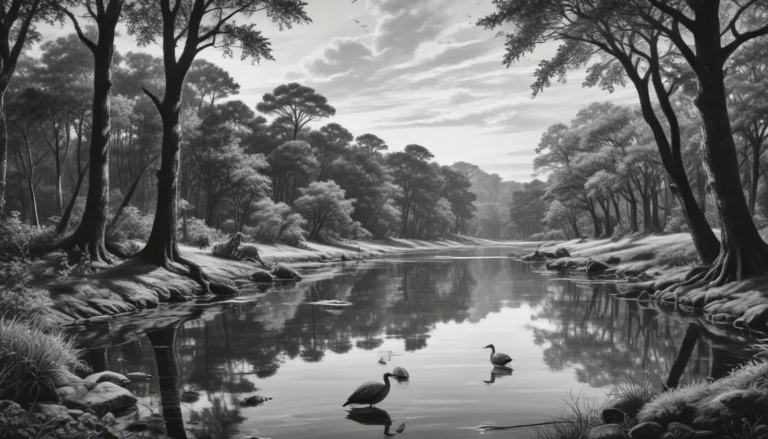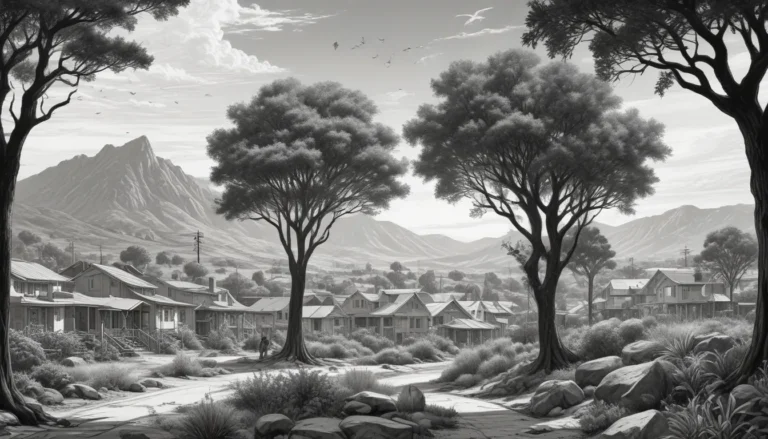The images in our articles are for illustrative purposes only and may not exactly match the content. They are intended to capture your interest and complement the text, not to replace it.
Long Beach, California, is not just a vibrant city known for its culture and coastline, but also a haven for diverse wildlife and natural reserves. Nestled along the Pacific Ocean, this bustling metropolis offers a rich array of ecosystems that support a variety of flora and fauna. From picturesque shores to sprawling wetlands, Long Beach is a gem on the Southern California coast that beckons nature enthusiasts, wildlife lovers, and anyone curious about the ecological wonders of this region.
Explore the Wildlife of Long Beach
Long Beach, California, is home to a wealth of diverse wildlife and natural reserves, providing a sanctuary for birdwatchers, marine life enthusiasts, and those seeking a serene retreat amidst the city’s energy. From the El Dorado Nature Center to the Seal Beach National Wildlife Refuge, the city offers vital habitats for endangered species, migratory birds, and a rich array of marine and terrestrial wildlife, making it a nature lover’s paradise.
Delve Into Unique Ecosystems and Conservation Efforts
The El Dorado Nature Center: A Birdwatcher’s Paradise
The El Dorado Nature Center, located in Long Beach, is a haven for birdwatchers with over 100 species of birds, including the majestic great blue heron and the vibrant western tanager. Whether you’re a seasoned bird enthusiast or a casual observer, this natural oasis offers a serene escape for all.
The Los Cerritos Wetlands Preserve: A Habitat for Endangered Species
The Los Cerritos Wetlands Preserve is a vital habitat for endangered species such as the Belding’s savannah sparrow and the California least tern. This coastal wetland not only supports a diverse array of wildlife but also serves as a crucial breeding ground for these imperiled avian species.
The Colorado Lagoon: A Nursery for Marine Life
The Colorado Lagoon, with its tranquil waters and lush vegetation, serves as a nursery for a myriad of marine life, from tiny shore crabs to vibrant sea anemones. Families and nature enthusiasts alike can enjoy the thriving ecosystem and the captivating world beneath the surface.
Discover Hidden Gems Within the City
The Earl Burns Miller Japanese Garden: Tranquil Retreat With Koi Fish and Exotic Flora
The Earl Burns Miller Japanese Garden is a serene retreat in Long Beach, home to a mesmerizing array of koi fish and exotic flora. Visitors can wander through winding pathways, admiring the vibrant koi gracefully gliding through the tranquil ponds in a beautiful Japanese landscape.
The Seal Beach National Wildlife Refuge: Sanctuary for Migratory Birds
The Seal Beach National Wildlife Refuge is a vital sanctuary for migratory birds, offering a critical stopover along the Pacific Flyway. Thousands of shorebirds and waterfowl flock to this coastal refuge during their annual migrations, creating a breathtaking spectacle for visitors to behold.
The El Dorado East Regional Park: Haven for Reptiles and Amphibians
The El Dorado East Regional Park provides a haven for reptiles and amphibians with its diverse habitats. Wildlife enthusiasts can observe species like the western pond turtle and the Pacific tree frog in this expansive park, appreciating the fascinating world of cold-blooded creatures.
The Los Cerritos Park Nature Trail: Gateway to Native Plant Communities
The Los Cerritos Park Nature Trail winds through native plant communities, offering a glimpse into the rich biodiversity of Long Beach. Visitors can encounter vibrant flora such as the California poppy and the coastal sage scrub, exploring the city’s natural heritage.
The El Dorado Duck Pond: Gathering Place for Waterfowl
The El Dorado Duck Pond is a picturesque gathering place for a diverse array of waterfowl, including the wood duck and the hooded merganser. Birdwatchers and nature enthusiasts can observe these captivating avian residents in their peaceful waters.
Conclusion: Embrace the Beauty and Significance of Long Beach’s Wildlife and Natural Reserves
Exploring the local wildlife and natural reserves in Long Beach, California, offers a captivating journey through diverse ecosystems and a rich tapestry of flora and fauna. Whether you’re a nature lover, a birdwatcher, or simply seeking a tranquil escape, Long Beach’s wildlife and natural reserves beckon with their allure and ecological significance.
FAQs: Your Wildlife and Nature in Long Beach Questions Answered
Q: What are some popular wildlife species found in Long Beach, California?
A: Long Beach is home to a diverse array of wildlife, including the great blue heron, western pond turtle, and California sea lion, thriving in its natural reserves and coastal habitats.
Q: How can visitors contribute to conservation efforts in Long Beach’s natural reserves?
A: Visitors can support conservation initiatives by following designated trails, avoiding littering, and respecting the natural habitats of local wildlife. Participation in educational programs and volunteering for environmental projects are impactful ways to preserve Long Beach’s natural treasures.
Our Commitment to Quality and Authenticity
At Morethanjustparks.com, our dedication to delivering trustworthy and engaging content is core to our mission. Each fact on our site is contributed by real users like you, bringing a wealth of diverse insights and information. Our team of editors meticulously reviews each submission to ensure the highest standards of accuracy and reliability, guaranteeing that the facts we share are not only fascinating but also credible. Trust in our commitment to quality and authenticity as you explore and learn with us.






